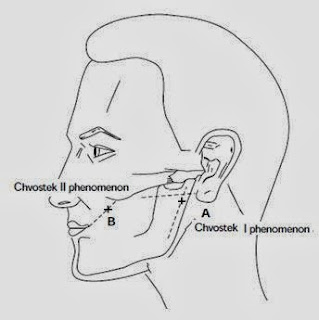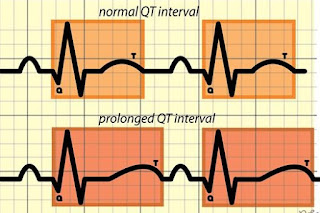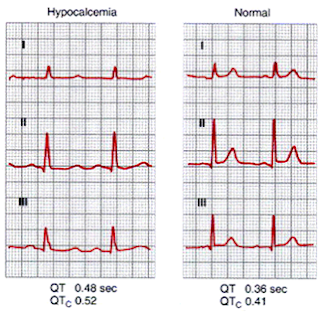Hypoglycemic Coma
Hypoglycemia in Type I DM:
➧ Common in patients intensively controlled with insulin.
➧ Asymptomatic blood glucose levels of < 50 mg/dL occur daily in up to 56% of patients.
➧ Symptomatic hypoglycemia occurs 2X/week on average.
Severe Hypoglycemia:
➧ An episode requires intervention by another person for the patient to recover function.
Causes of Hypoglycemia in Diabetes:
➧ Delayed, reduced, or missed CHO intake.
➧ Increased glucose utilization (exercise).
➧ Decreased insulin clearance (renal failure).
➧ Alcohol -inhibits hepatic gluconeogenesis.
Clinical picture:
Adrenergic:
➧ Tremor, anxiety, palpitations, hunger.
Neuroglycopenic:
➧ Dizziness, decreased concentration, blurred vision, tingling, lethargy.
Severe Hypoglycemia in Intensively Controlled Type I DM:
➧ Up to 25% yearly incidence.
➧ Disabling cognitive effects may take hours to fully resolve.
➧ May lead to seizures, and rarely, permanent neurological deficits.
➧ Estimated to be a causative factor in 4% of deaths.
Hypoglycemia Unawareness:
➧ Loss of autonomic warning symptoms of hypoglycemia.
➧ Occurs in 25-50% of patients with type I DM.
➧ Patients are no longer prompted to eat.
➧ Results in a 7X increased frequency of severe hypoglycemia.
Defective Glucose Counter-regulation in Type I DM:
➧ Reduced or absent glucagon response is common after 2-4 years.
➧ Deficient epinephrine response is common after 5-10 years.
➧ Results in a 25X increased frequency of severe hypoglycemia.
Hypoglycemia Unawareness and Defective Glucose Counter-regulation:
➧ Reversible by short-term avoidance of hypoglycemia.
Reduction of Hypoglycemia in Type I DM:
➧ Identify patients at increased risk:
- History of severe hypoglycemia.
- History of hypoglycemia unawareness.
- Normal or near-normal glycohemoglobin levels.
➧ Raise glycemic targets in the short term to regain symptom recognition.
➧ Education of patients and family members to recognize and treat hypoglycemia.
➧ Have unaware patients test blood glucose before performing a critical task (driving).
➧ Patients should have rapid-acting carbohydrates available at all times.
➧ Apply principles of intensive insulin therapy:
- Frequent home glucose monitoring.
- Flexible insulin regimens with dosage adjustments based on meal size, monitored blood glucose levels, and anticipated exercise.
➧ Replace insulin more physiologically:
- Multiple insulin injections.
- New ultra-short-acting insulin analogs: lispro, aspart, glulisine.
- Long-acting insulin analogs: glargine, detemir.
- Insulin pumps.
Subcutaneous, Continuous Glucose Monitors:
➧ Now available with alarms for high and low glucose readings.
➧ Useful for catching periods of hypoglycemia (especially overnight) of which patients are unaware.
➧ Shown to reduce the incidence of hypoglycemia in type I DM patients with prior severe hypoglycemia.
Management of Hypoglycemic Coma:
-If delayed, can cause permanent neurologic damage.
➧ 50% Dextrose in water: 50 ml IV over 3-5 min. followed by 5% dextrose in a water infusion.
➧ Glucagon: 0.5-1 mg IM/SC.
- Mobilizes hepatic glycogen stores.
➧ Hospitalize: those on sulfonylureas for 24 h.



































